Ever heard the saying, “If you want to make God laugh, tell him your plans?”
Well, if you’re about to be moving in bad weather, this might just be your new life mantra.
No one plans to pack up their lives and haul boxes in pouring rain, snow, or a heatwave that feels like the surface of the sun.
About 35 million people move in the US every year, and a lot of those moves happen when the skies are less than friendly.
And if you’ve been furiously searching for a moving company near me that can handle the storm or wondering how to move furniture during a snowstorm, you’re not alone.
The truth is, moving in bad weather isn’t just inconvenient; it can be downright dangerous and damaging to your stuff if you’re not prepared.
Slippery steps can cause nasty falls, and wet boxes can soak your clothes and electronics. It can sap your energy faster than you can say ‘bubble wrap.’
But with a solid checklist for moving in bad weather and some smart prep, you can turn this weather nightmare into a manageable challenge.
So if you’re stuck moving in rain, snow, or shine, let’s discuss everything you need to know to keep your belongings safe, stay sane, and make your move as smooth as possible.
Why Moving in Bad Weather Needs Extra Planning
Moving sucks on a good day. Add bad weather, and it’s like your moving day just got upgraded to “extreme sport” status.
Bad weather isn't just annoying—it can damage your belongings, slow down your movers, and put your safety at risk. Slippery sidewalks, soaked boxes, and heat exhaustion are all real hazards.
That’s why having a moving in bad weather checklist is non-negotiable. It’s your best defense to keep things smooth and safe.
Step 1: Pick the Right Movers
The first thing you need to do is find movers who know what they’re doing when the weather’s playing rough. Just typing “moving company near me isn’t enough — you need to dig a little deeper.
Look for movers who advertise themselves as experienced with bad weather moves. Ask if they have covered trucks and waterproof gear, and if they offer emergency moving services just in case the weather turns bad.
If you’re budget-conscious, you can find affordable movers who still have experience dealing with rain, snow, and heat. Just make sure you check reviews, ask questions, and don’t sacrifice quality for price.
Step 2: Keep Your Eye on the Sky
When you’re moving in bad weather, you need to be obsessed with the forecast.
Download apps like Weather.com or AccuWeather and check them daily, multiple times if you can.
Set weather alerts for your area, especially for things like rainstorms, snowstorms, or extreme heat waves. If you get a hurricane warning, take it seriously.
Call your movers and ask about hiring movers during a hurricane warning or postponing your move if possible.
Step 3: Protect Your Stuff Against the Elements
Packing is always the biggest pain, but when the weather's bad, it's on a whole new level.
Here’s how to keep your stuff safe:
- Use waterproof boxes or seal regular boxes with plastic wrap or heavy-duty trash bags.
- Wrap furniture in waterproof moving blankets and cover them with tarps.
- Put electronics, documents, and anything sensitive inside sealable plastic bags before boxing.
- Label all boxes that contain fragile or weather-sensitive items clearly.
- Wondering how to move furniture during a snowstorm? Wrap and secure everything tightly, and have the right equipment like dollies with good traction.
Step 4: Your Clothes Matter More Than You Think
You’re going to be working hard, probably in less-than-ideal conditions, so dress smart:
- If it's wet or snowy, the best options are waterproof boots, gloves, and a good rain jacket.
- For hot days, wear light, breathable clothes, a hat, and don’t forget sunscreen.
- Keep extra socks and gloves handy because wet gear is the worst.
- Have towels and mats ready to dry off wet shoes and hands.
If you’re moving in extreme heat, stay hydrated and take breaks often — it’s easy to underestimate how much the weather can drain you.
Step 5: Protect Your Old and New Homes
Before the movers arrive:
- Clear pathways from ice, snow, or puddles.
- Spread salt or sand on slippery surfaces.
- Lay down plastic runners or cardboard inside the new place to protect the floors from mud and water.
- Have mats ready at both homes for dirty shoes.
Step 6: Take Care of the Moving Truck
Make sure the moving truck is prepared:
- Confirm it has tarps or covers.
- Check that tires are in good condition, especially if you’re dealing with snow or ice.
- Have emergency supplies like blankets, flashlights, and a first aid kit onboard.
Why You Can Trust My Good Movers
550+
moving companies
listed
16,000+
customer reviews to help you decide
50+
states covered for moving services
100%
free quotes provided instantly
Step 7: Take Care of Yourself
Moving in bad weather is exhausting. Drink plenty of water, take breaks, and don’t push yourself too hard.
If you’re feeling dizzy or tired, sit down, breathe, and ask for help.
The Ultimate Moving in Bad Weather Checklist
| Task | Details | When to Do |
|---|---|---|
| Book movers experienced with the weather | Look for the best moving companies for rainy weather | 3+ weeks before |
| Monitor weather apps daily | Set alerts for storms and heatwaves | 1 week before & moving day |
| Use waterproof packing materials | Plastic wrap, waterproof boxes, blankets | During packing |
| Label fragile/weather-sensitive boxes | Double-wrap and mark boxes clearly | During packing |
| Dress appropriately | Waterproof boots, gloves for rain/snow, light clothes for heat | Moving day |
| Prepare walkways | Clear ice, snow, debris; salt/sand slippery areas | Moving day |
| Protect floors and walls | Use plastic sheeting or cardboard runners | Moving day |
| Have towels and mats ready | For drying and wiping off mud and water | Moving day |
| Check moving truck preparations | Covers, tires, emergency supplies | Moving day |
| Stay hydrated and take breaks | Essential for health and safety | Moving day |
Moving Day Strategies for Different Weather Conditions
Whether it’s rain, snow, sweltering heat, or even a hurricane warning, you’ve got to be smart and prepared.
Let's break down how to handle each kind of weather like a pro so you don't end up slipping, sliding, or frying.
Moving in Rain
- Ensure movers wear non-slip shoes to prevent slipping.
- Use tarps or tents to keep doorways and loading areas dry.
- Choose movers with covered trucks to protect belongings.
- Pack boxes with waterproof materials or seal with plastic wrap.
- Clear walkways of puddles and mud to reduce hazards.
- Have extra towels and mats ready for drying hands and feet.
Moving in Snow and Ice
- Spread salt or sand on walkways and driveways to prevent slipping.
- Wrap furniture tightly with waterproof blankets and plastic covers.
- Use dollies or carts with good traction.
- Clear snow from all paths before moving starts.
- Schedule frequent warm-up breaks for movers and helpers.
- Label and protect fragile or weather-sensitive items carefully.
Moving in Extreme Heat
- Schedule heavy lifting for early morning or late evening to avoid peak heat.
- Wear lightweight, breathable clothing and use sun protection.
- Stay hydrated—drink water regularly.
- Provide electrolyte drinks and snacks to maintain energy.
- Take frequent breaks in shaded or cool areas.
- Avoid strenuous tasks during the hottest parts of the day.
Moving During a Hurricane Warning
- Monitor local weather and emergency alerts closely.
- Avoid scheduling moves unless absolutely necessary.
- If moving is urgent, hire specialized emergency moving services.
- Prepare an evacuation plan with routes and shelters.
- Pack a "go-bag" with essentials in case of an emergency.
- Communicate frequently with your moving company for updates.
Bonus Tips for Moving Like a Weather-Pro
Moving in bad weather takes some serious planning and smart moves. These extra tips will help you stay ahead of the weather curve and make your day less stressful.
- If you’re pressed for time and the weather’s turning sour, call up movers and ask about emergency moving services — they’re experts at handling last-minute, tricky moves.
- DIY move? Rent a covered trailer to keep your belongings dry and safe from rain, snow, or dust while you’re on the road.
- When searching for affordable movers, don’t just pick the cheapest — find movers with good reviews who know how to handle bad weather like pros.
- Keep your phone charged and bring a backup battery so you can stay connected with your moving team and track changing weather conditions.
- Have plenty of snacks and water ready. Moving in bad weather drains your energy fast, and staying fueled keeps you sharp and safe.
- Dress in layers and wear weather-appropriate gear — waterproof boots, gloves, sun hats, whatever fits the conditions — to keep comfortable and protected.
- Prepare a “moving day kit” with essentials like towels, cleaning wipes, flashlights, and basic first aid — handy for unexpected weather surprises.
Recommended Resources



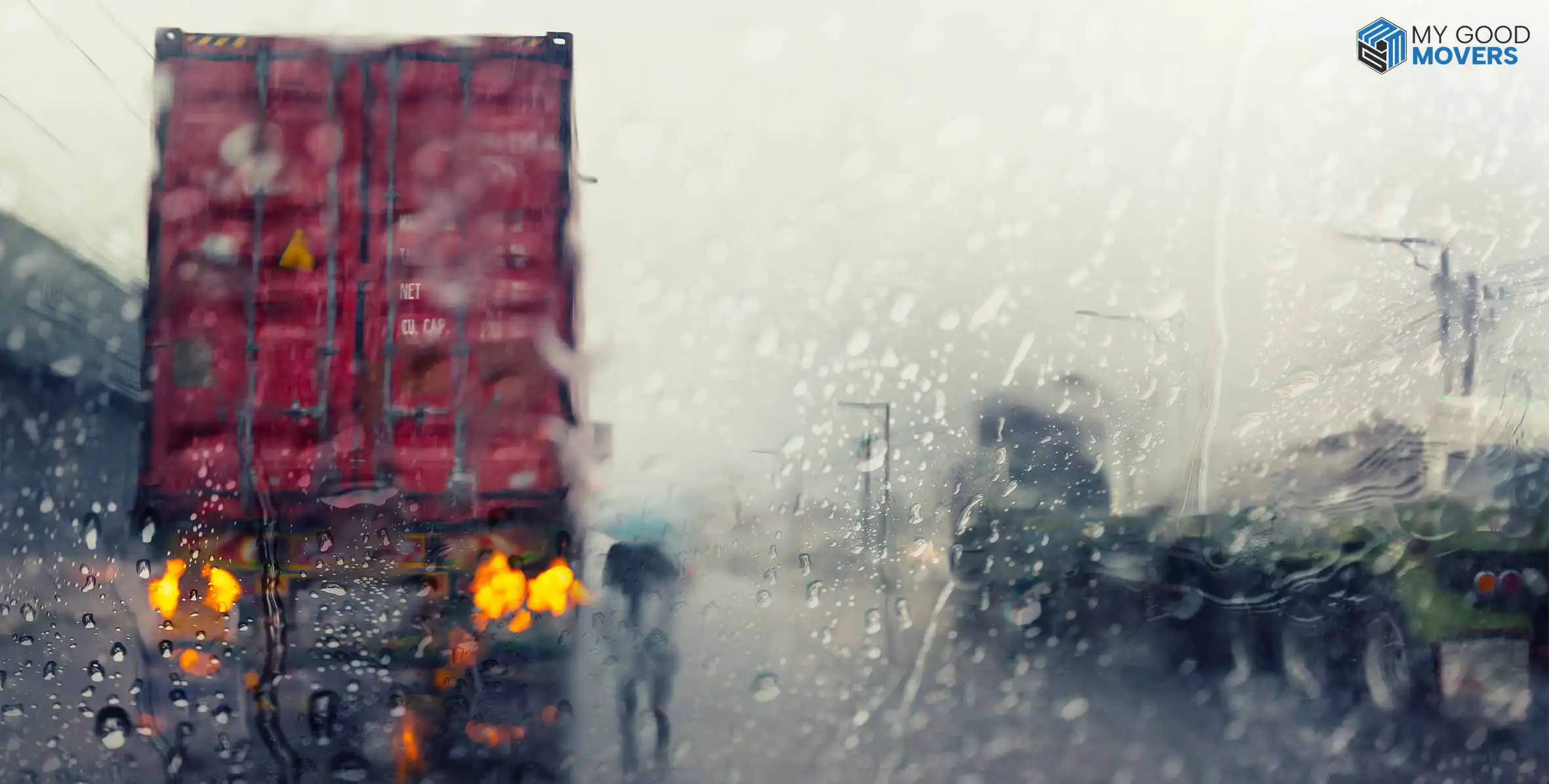











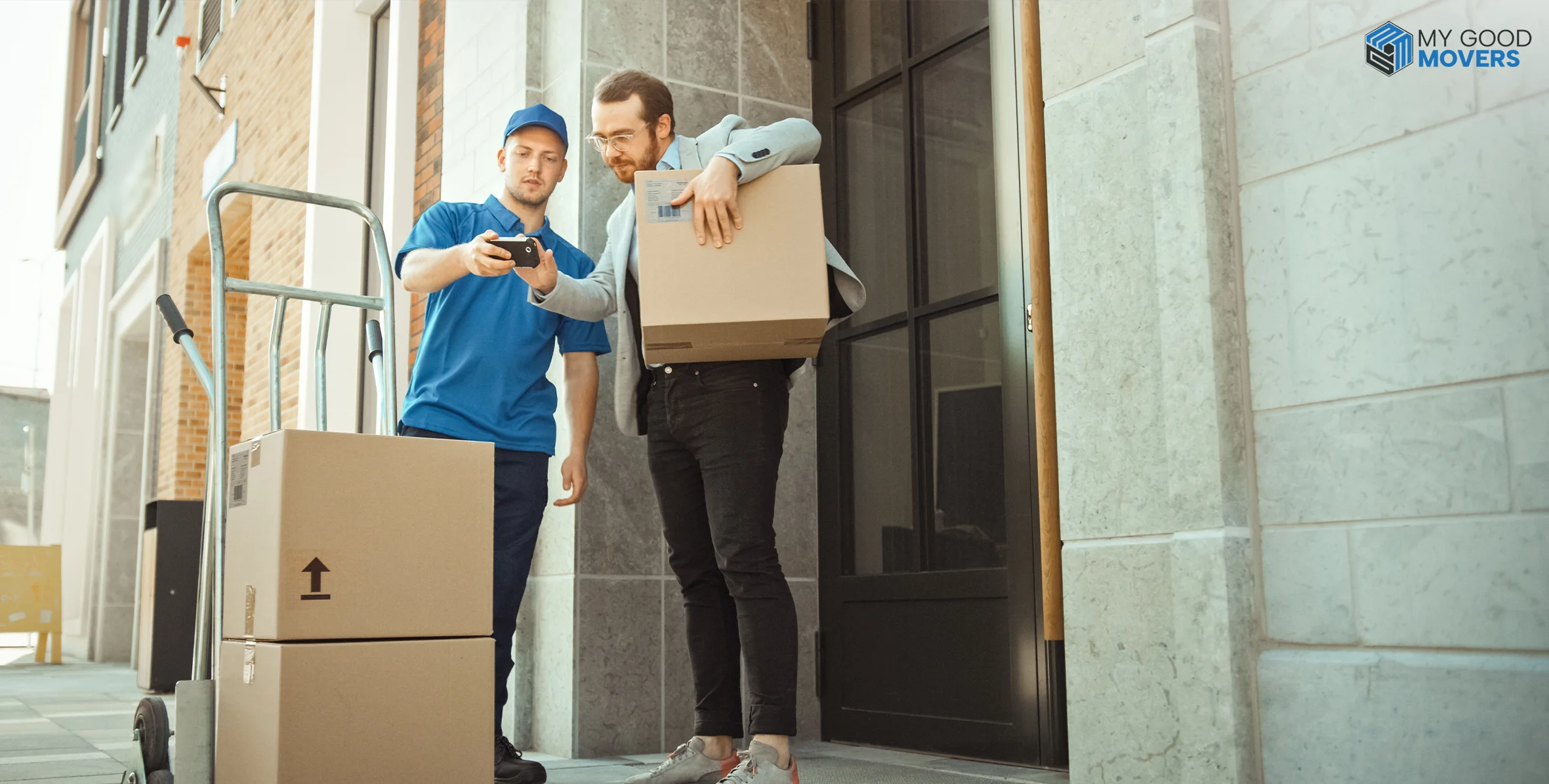


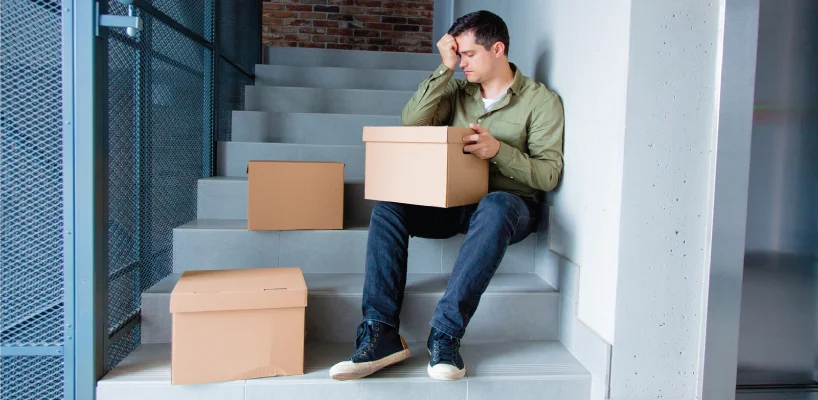
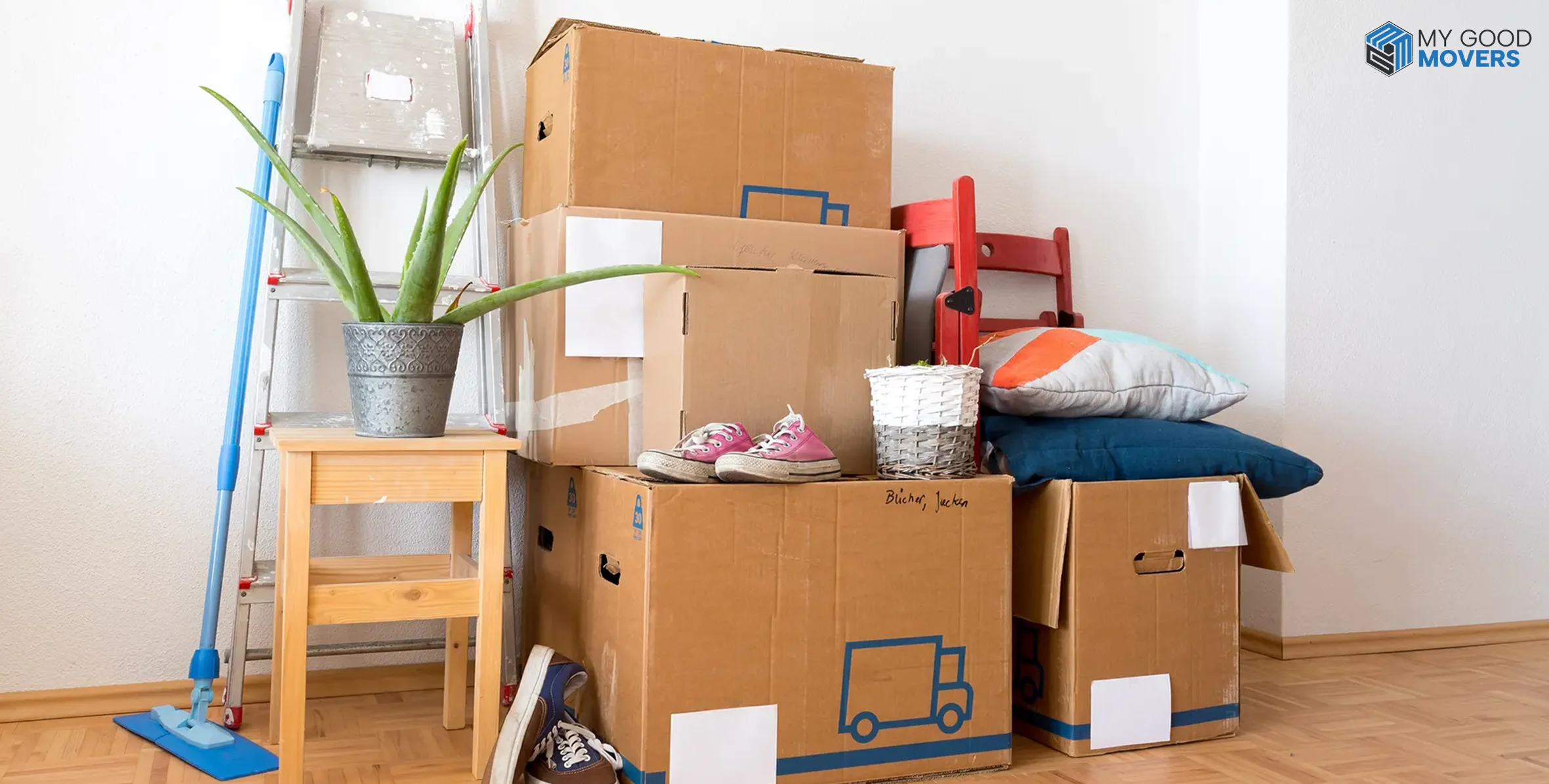








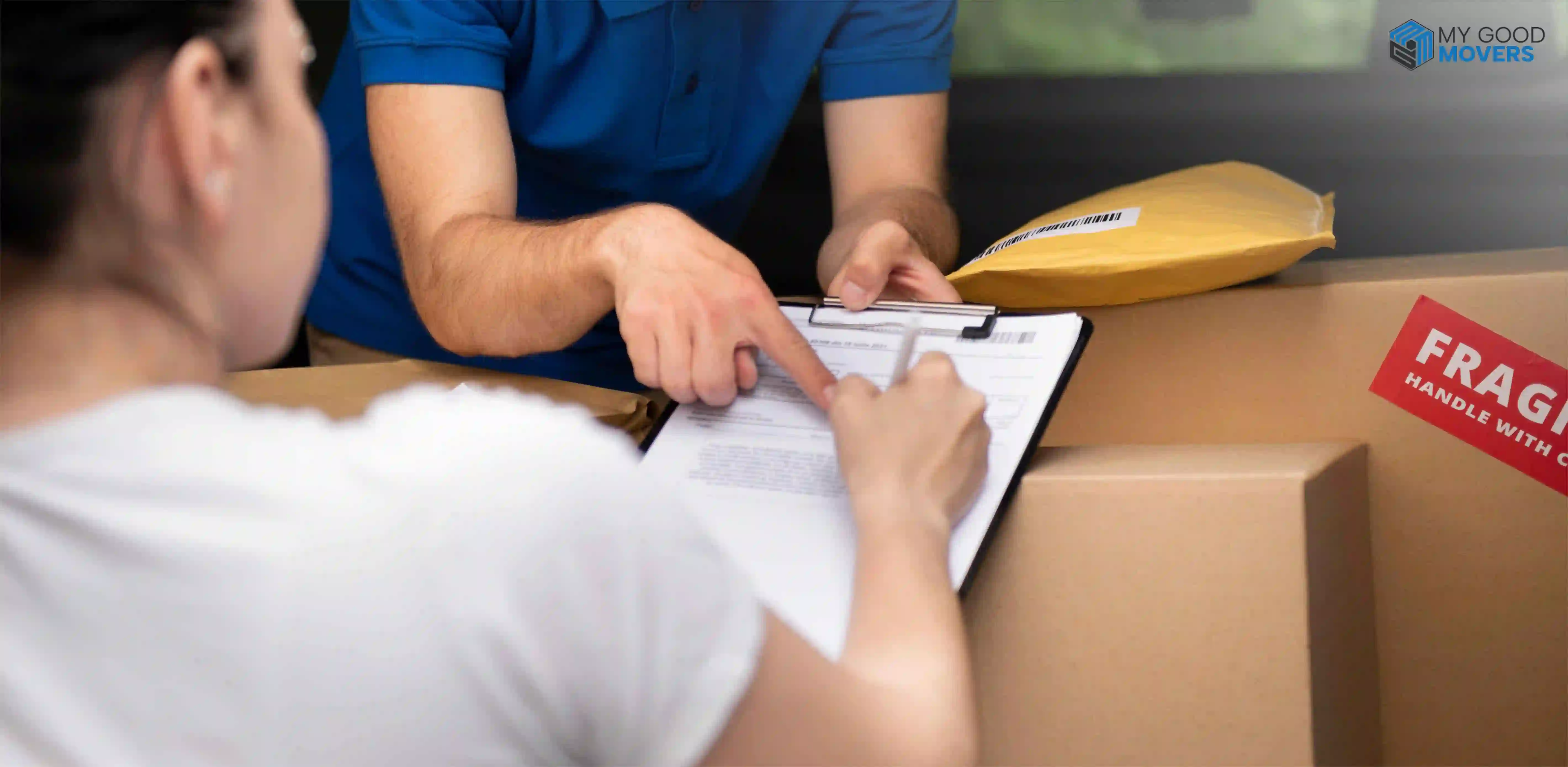






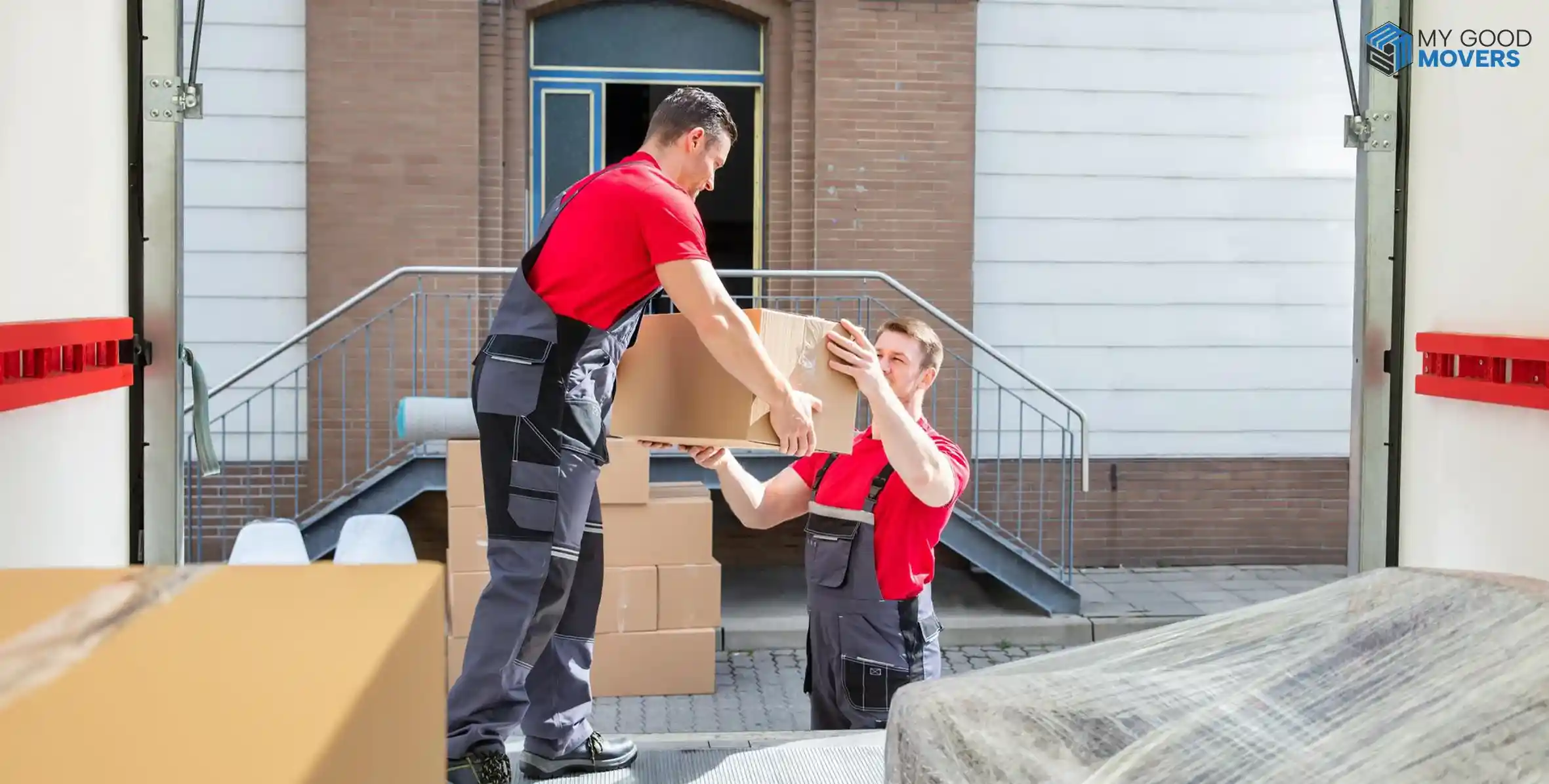


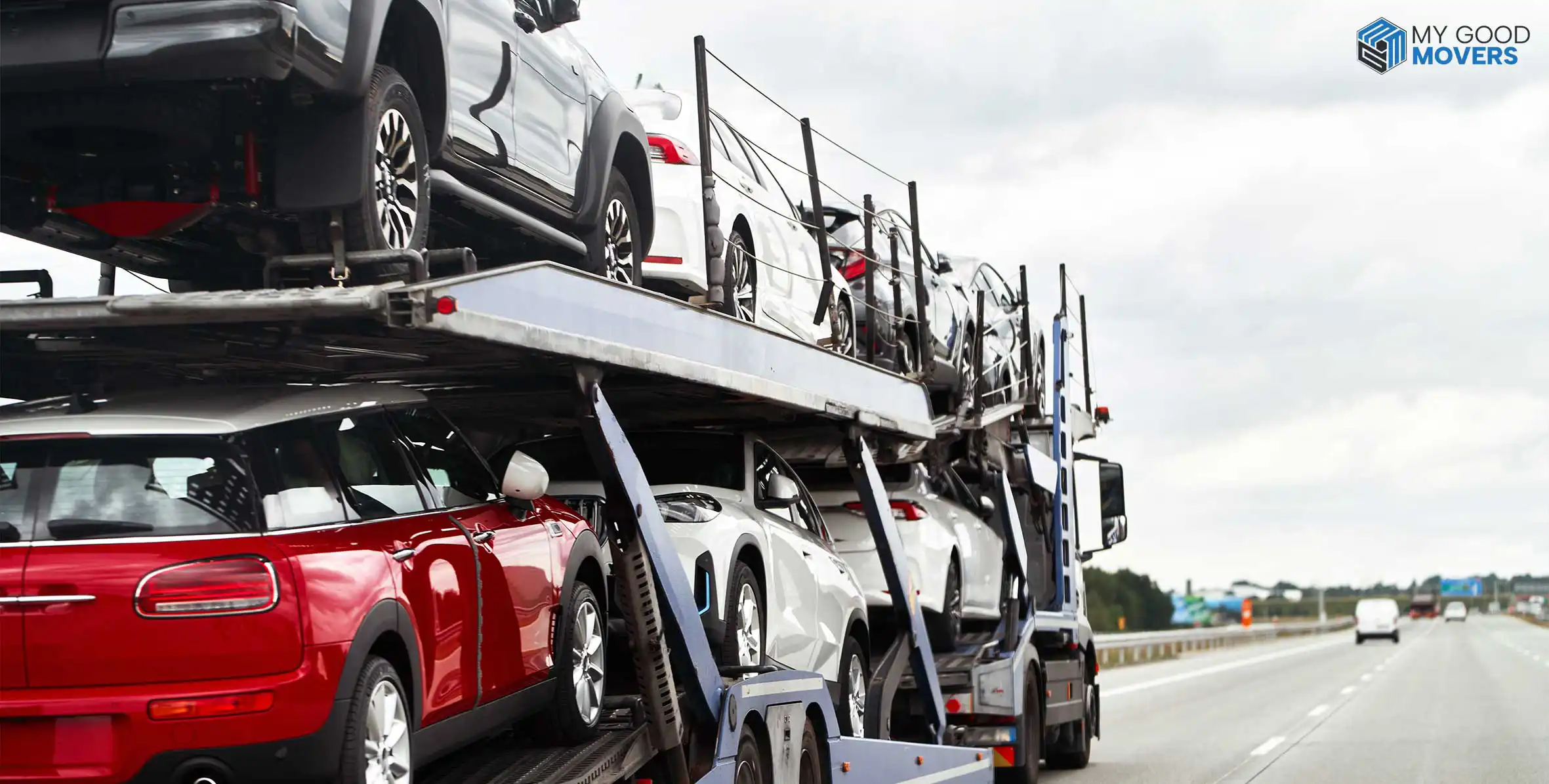

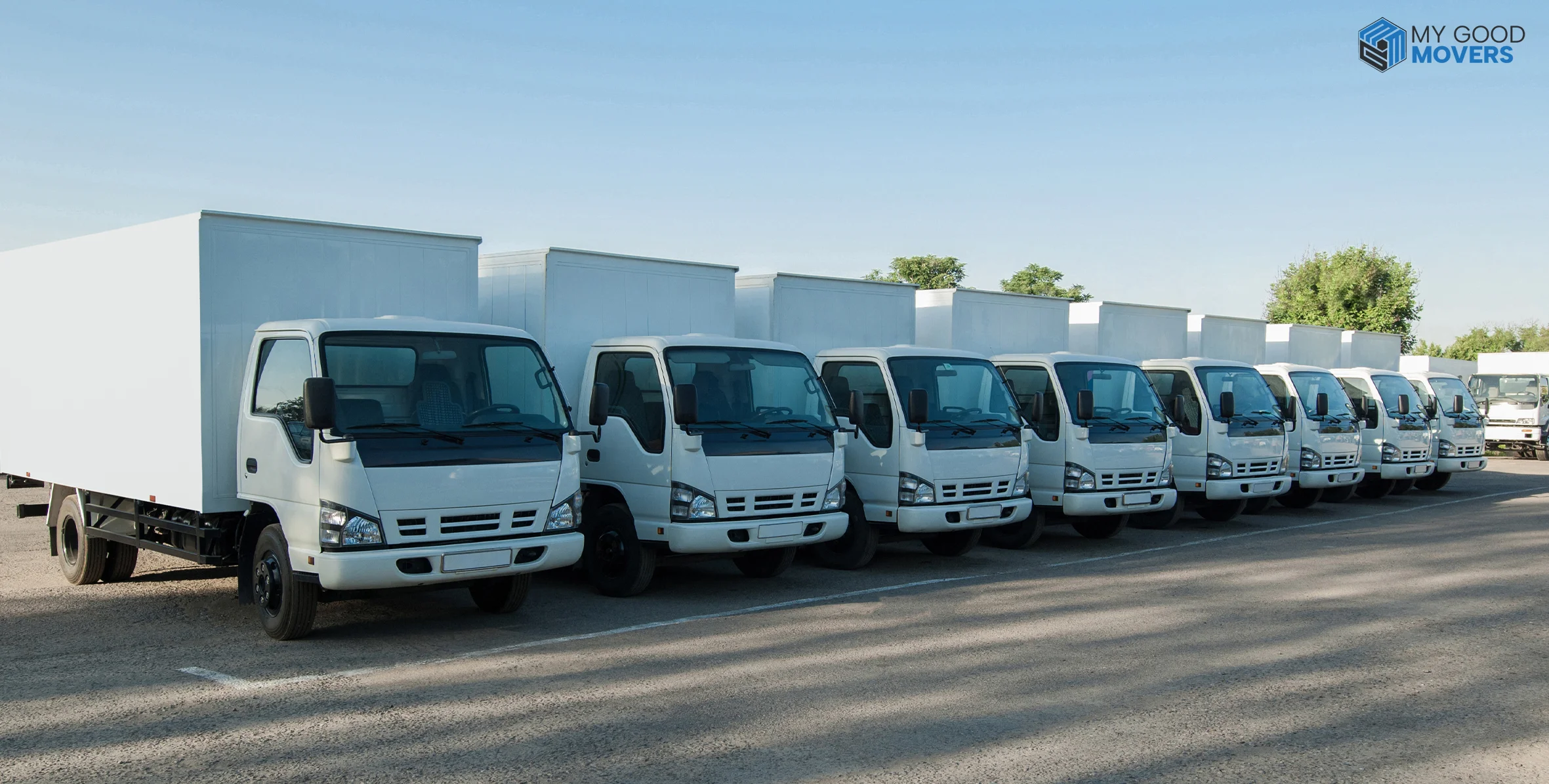


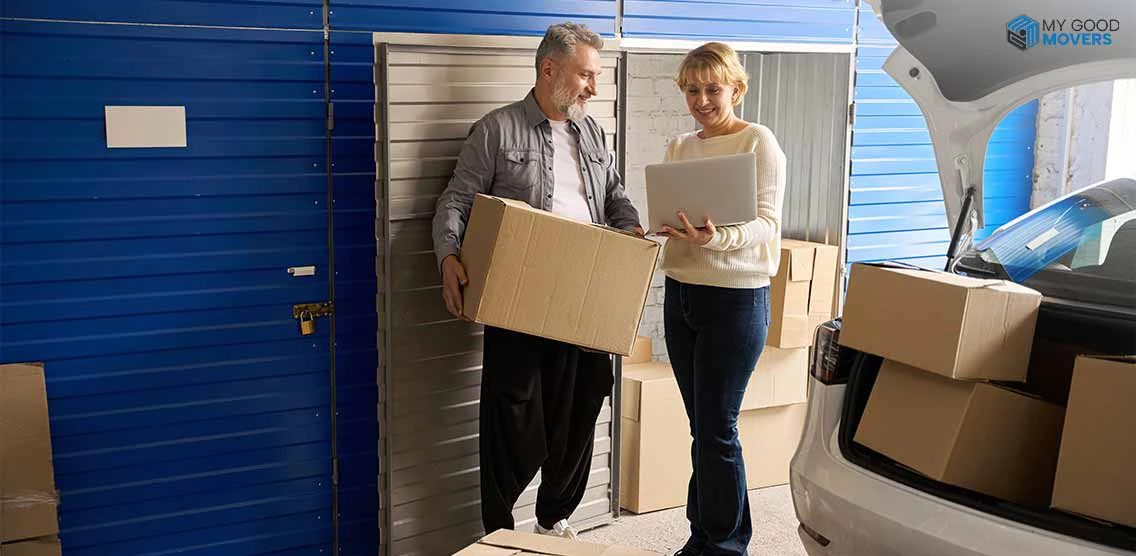
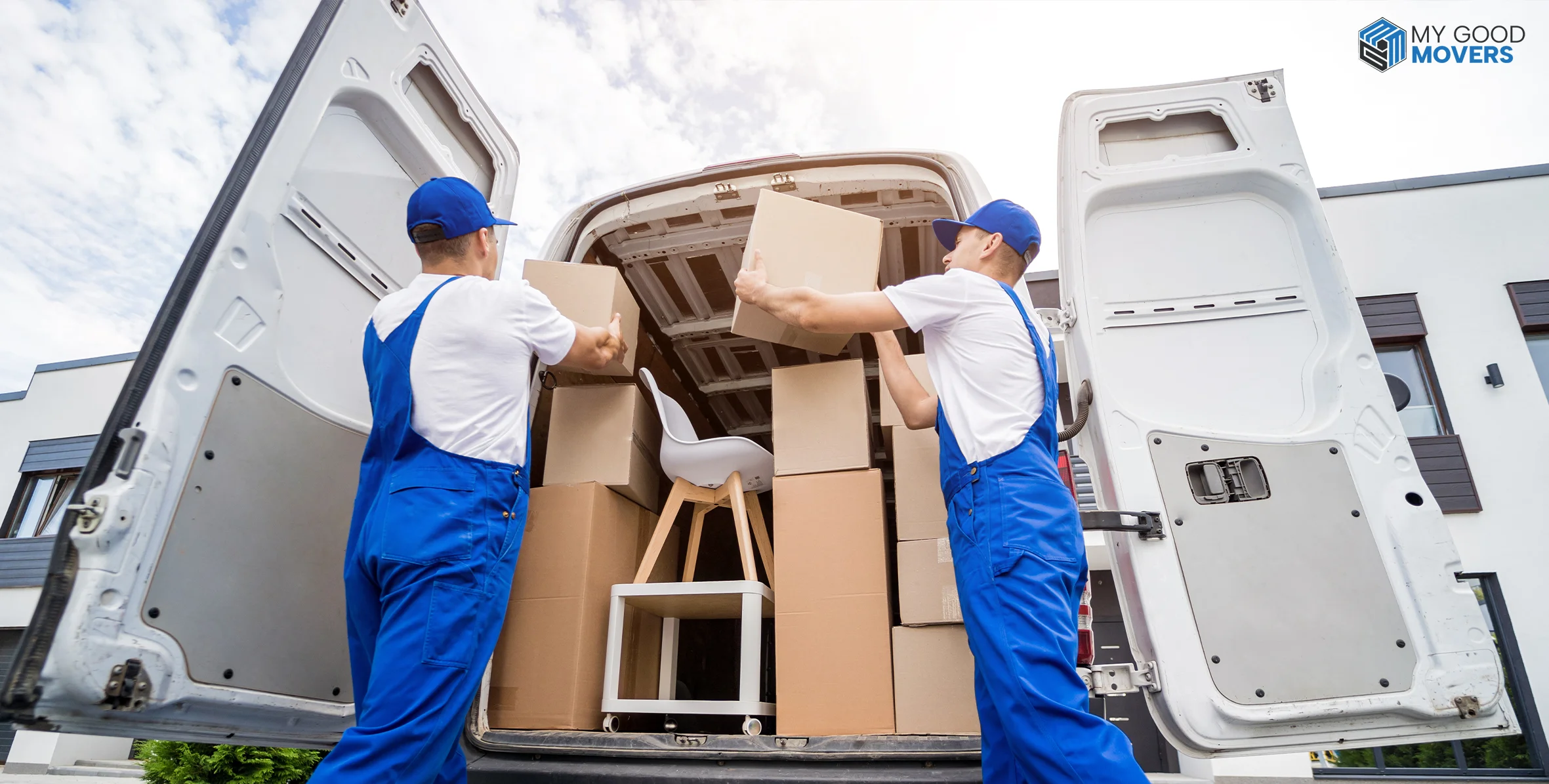








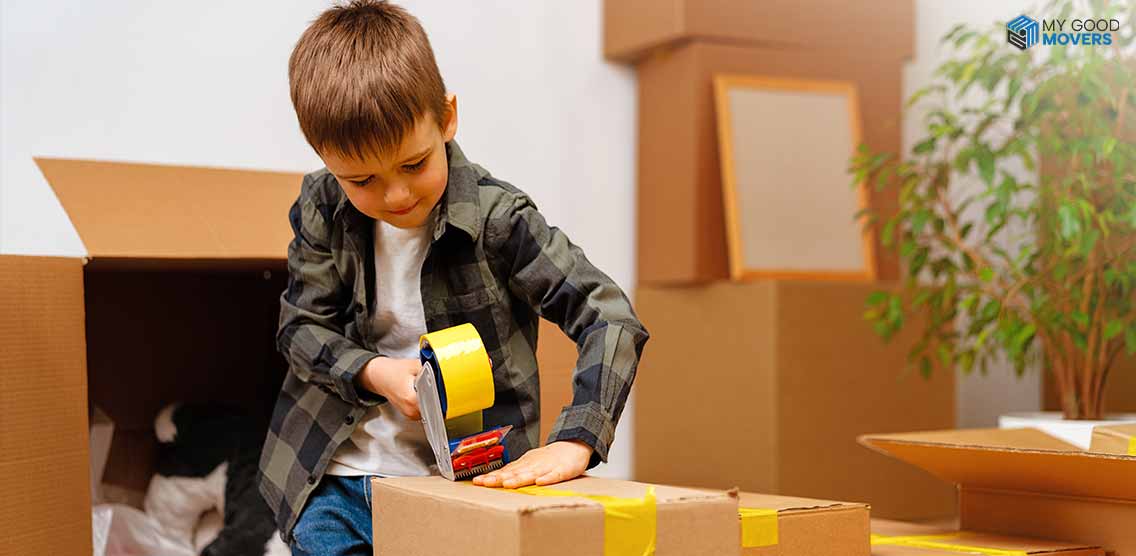
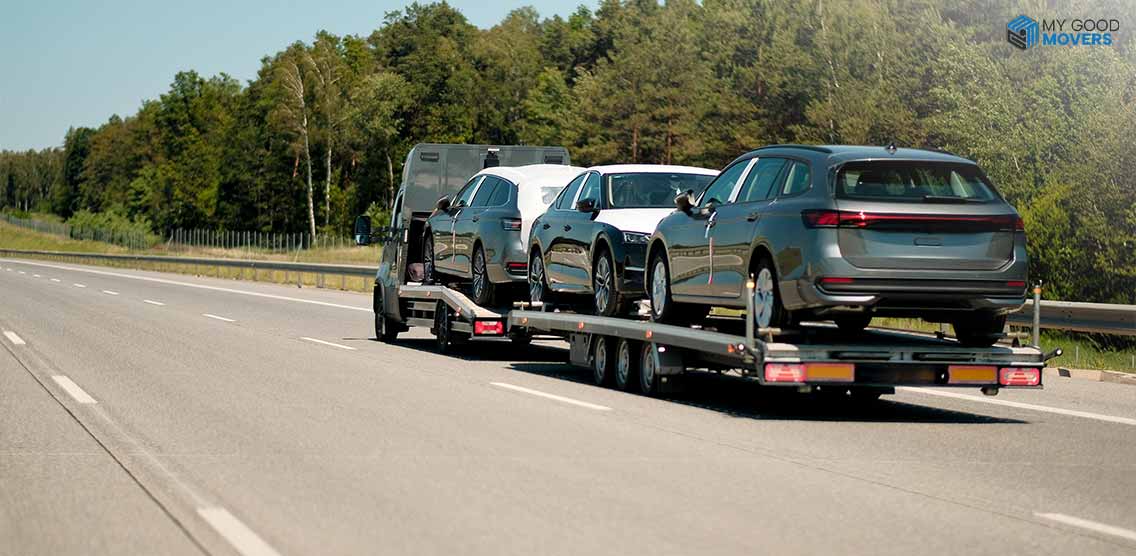
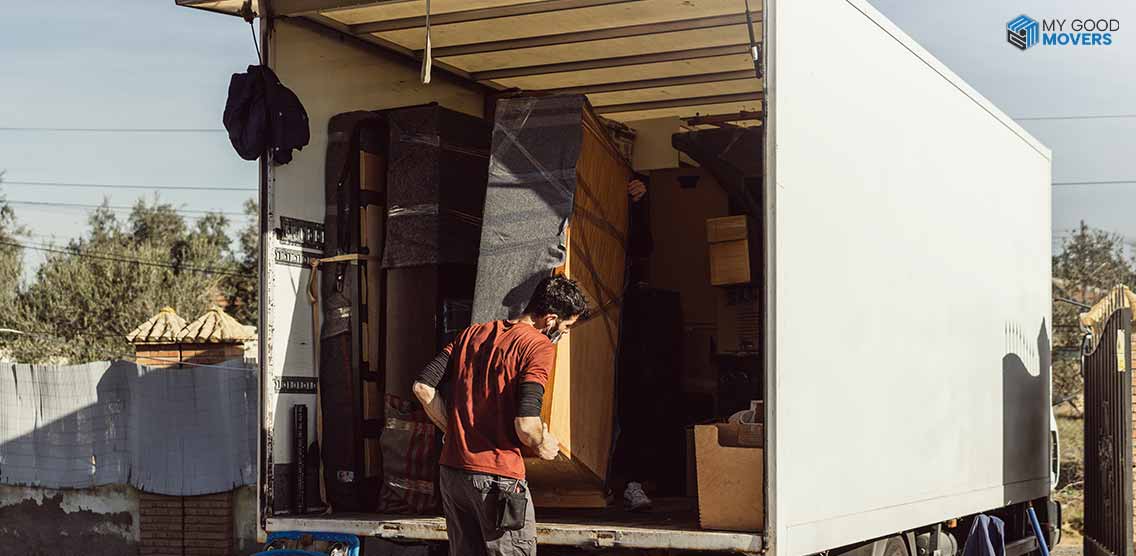
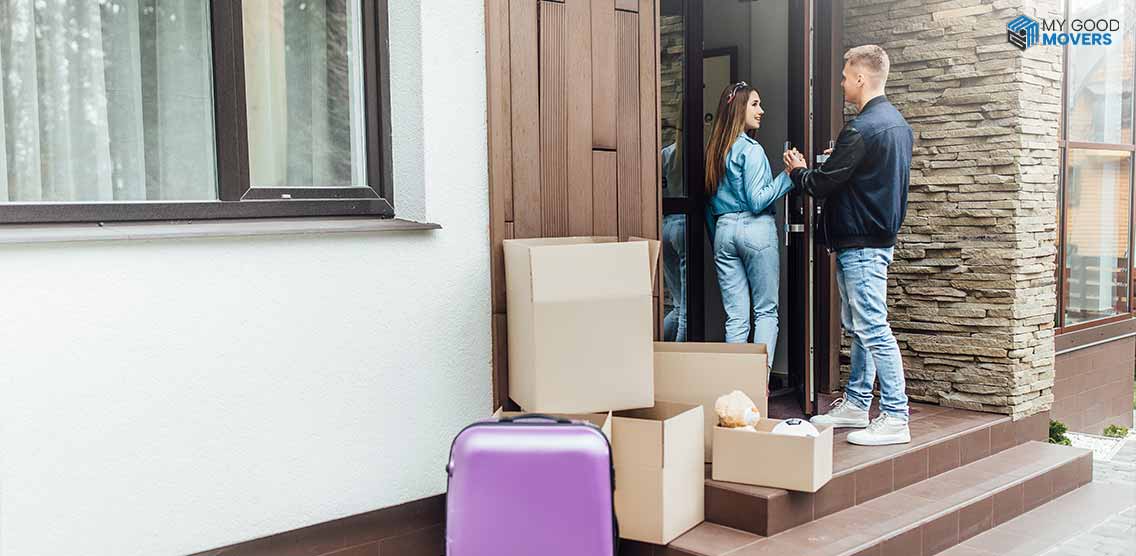


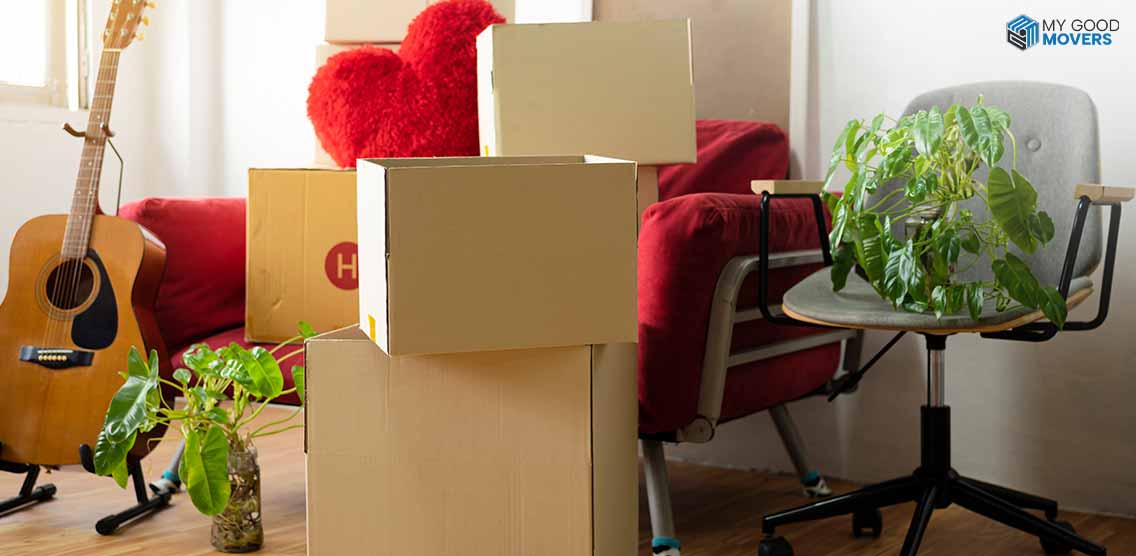




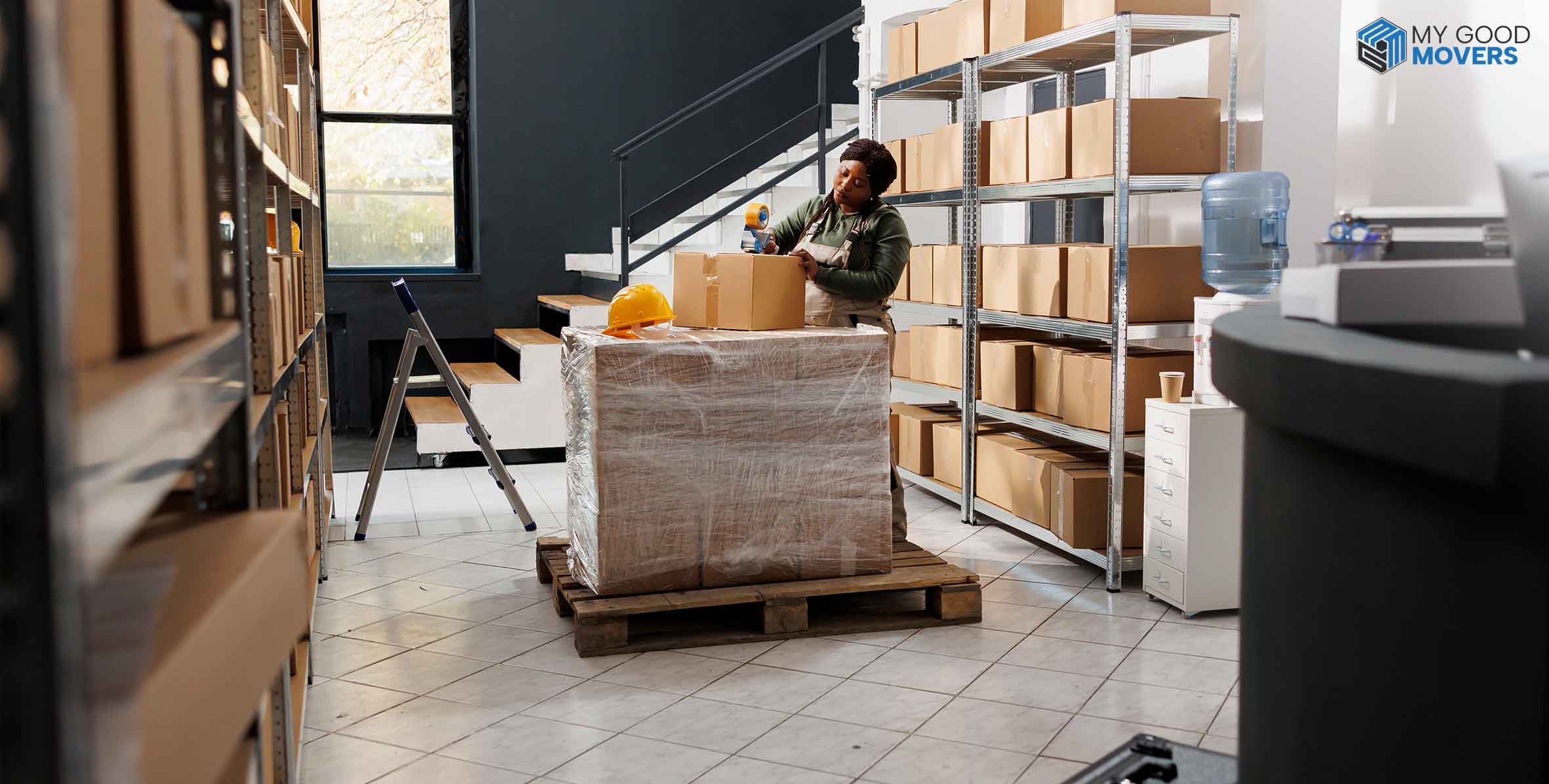










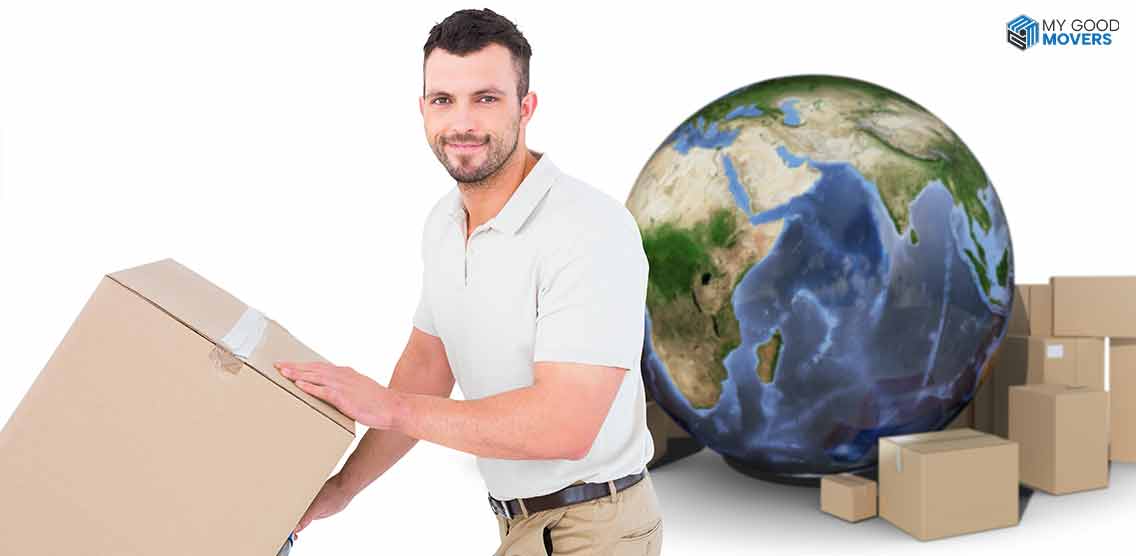
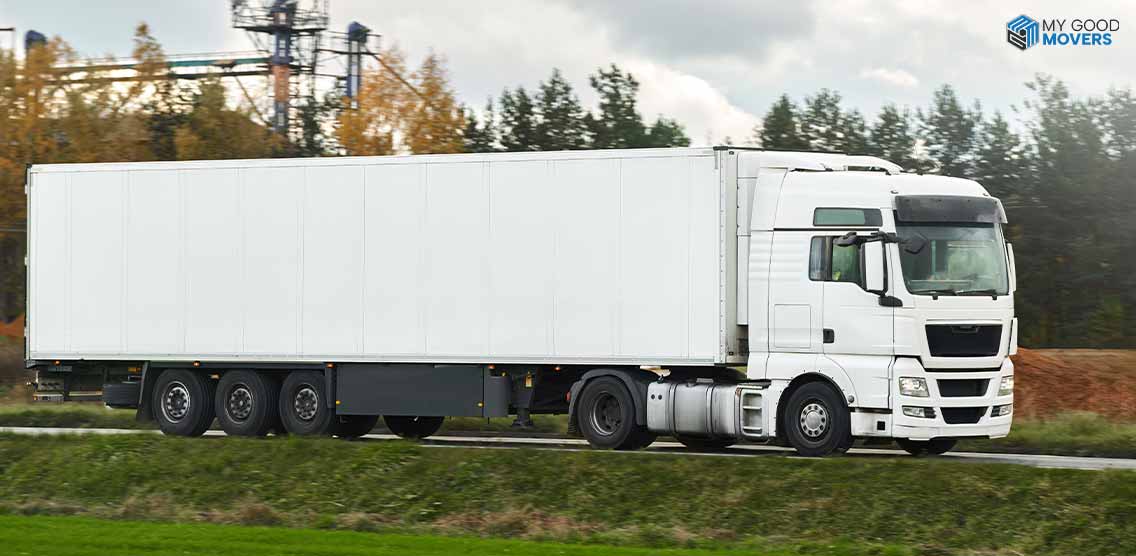





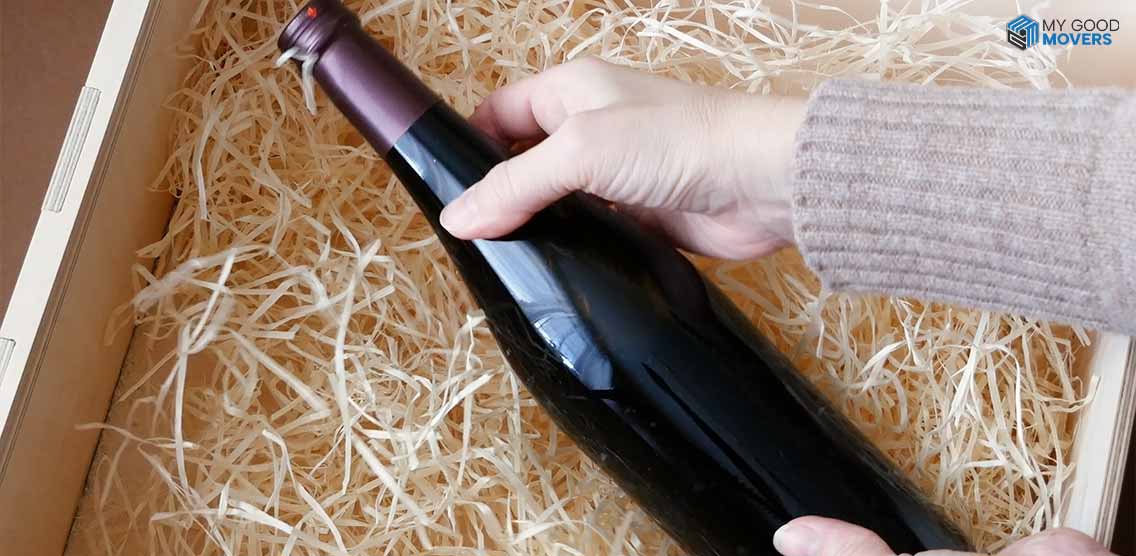

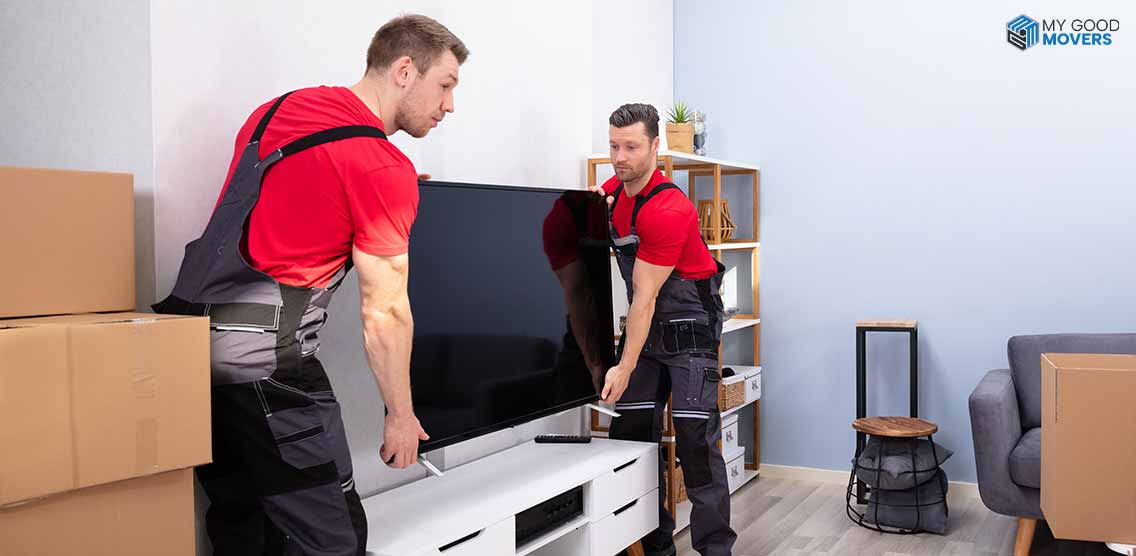





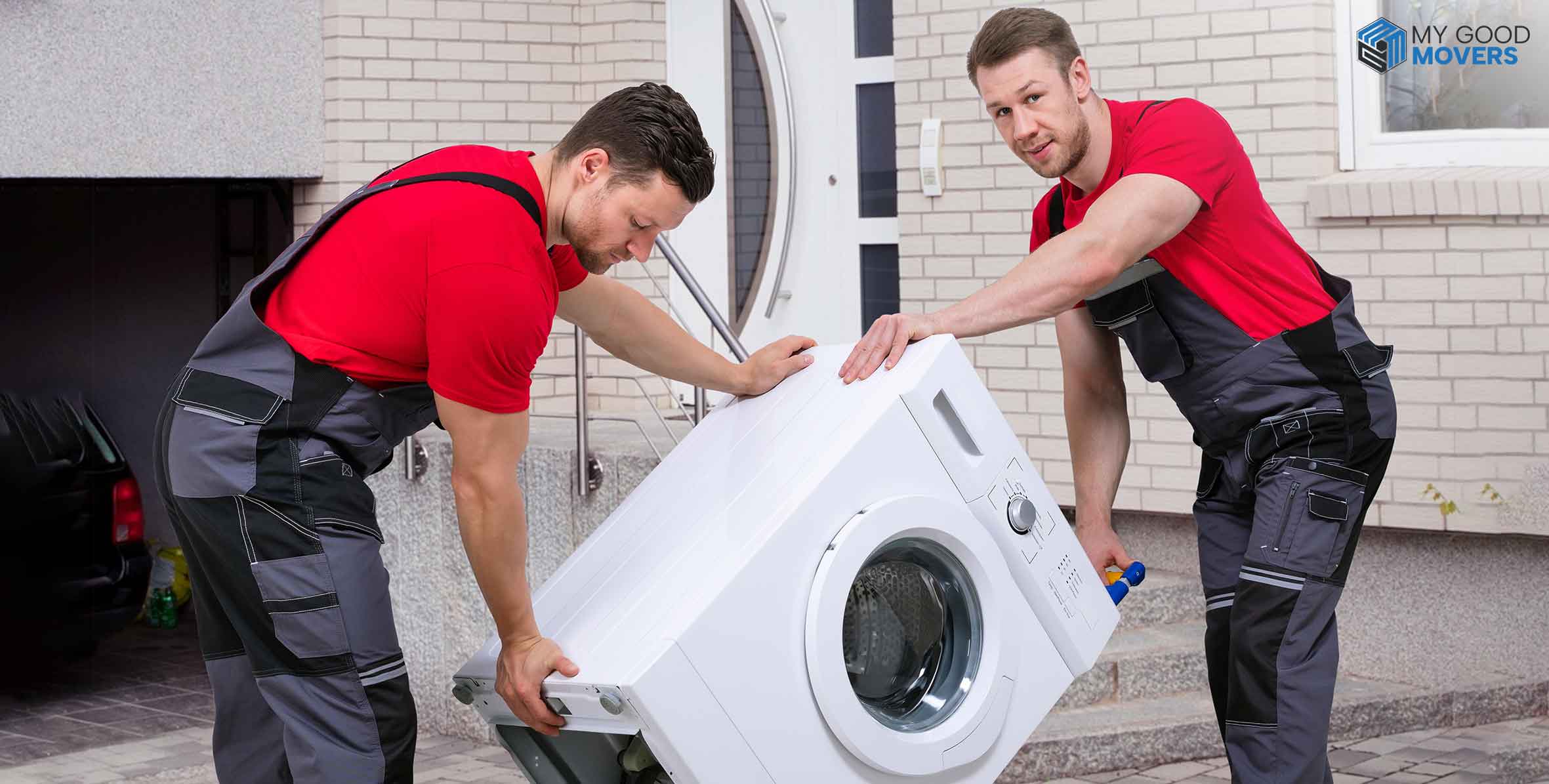




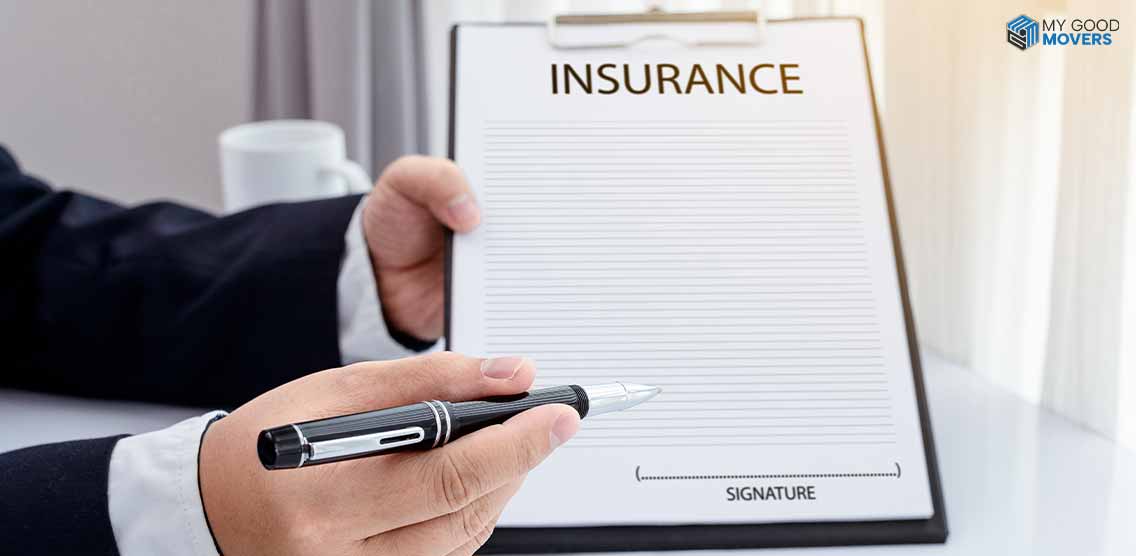
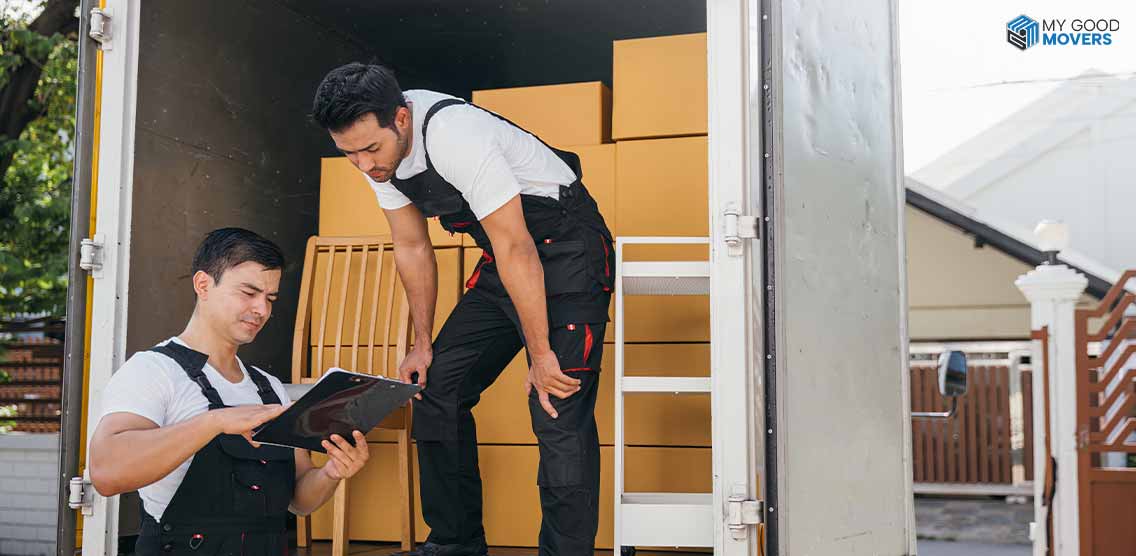


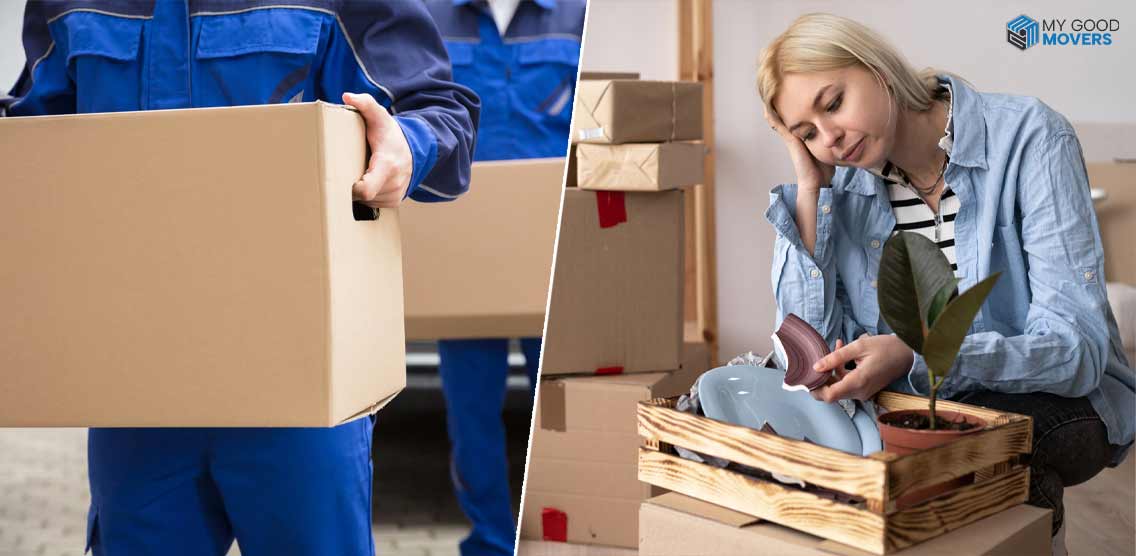
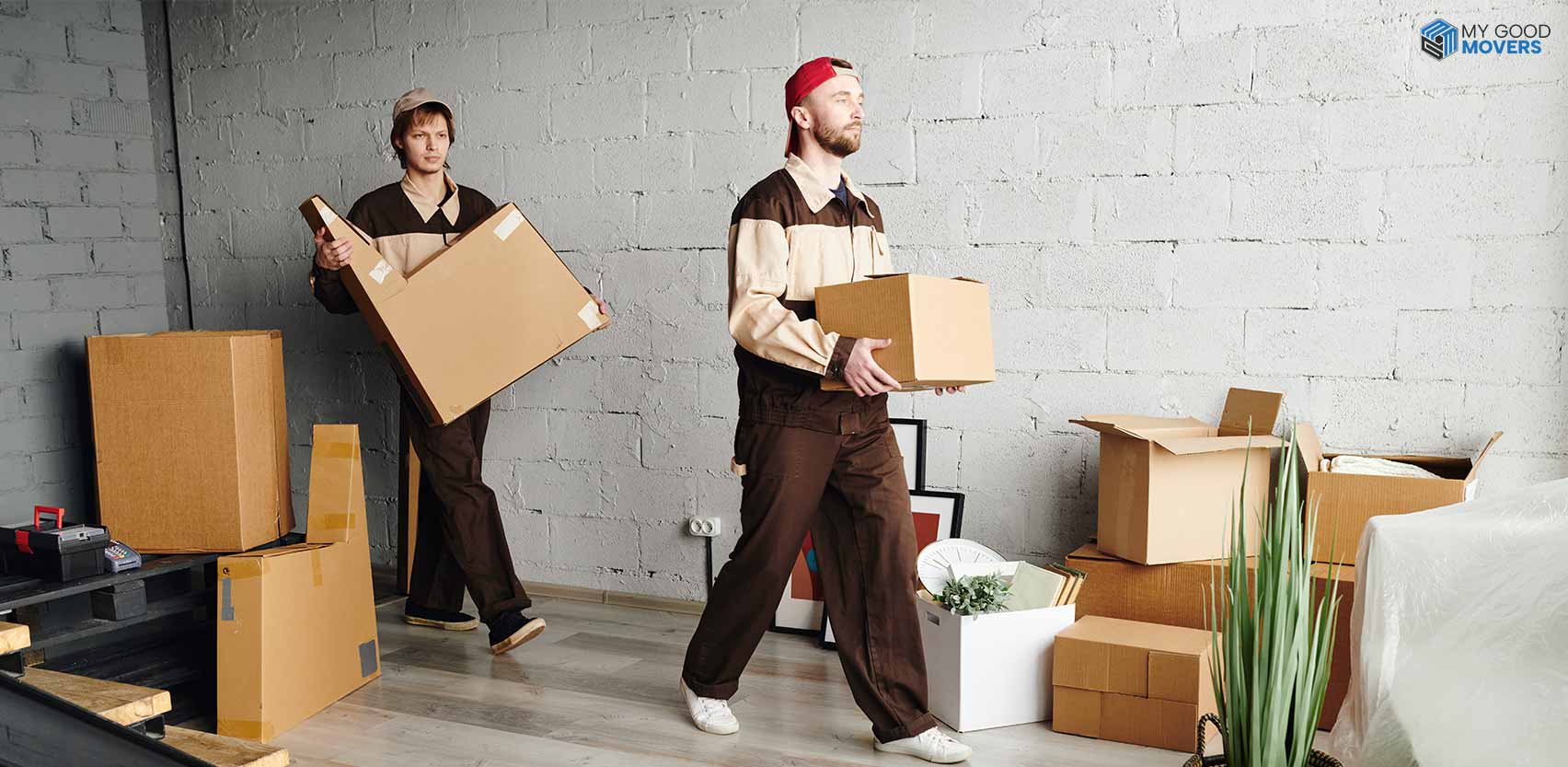







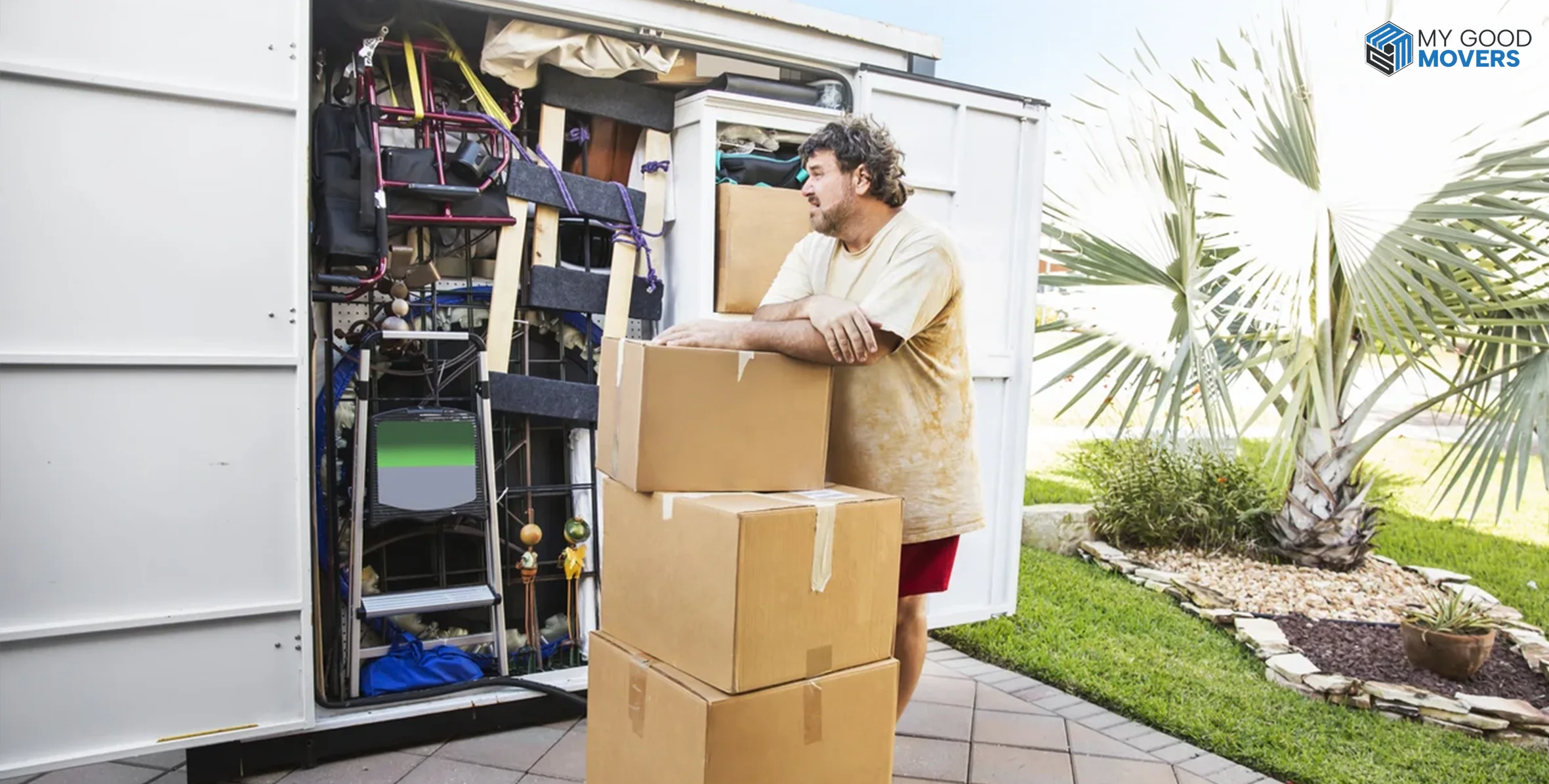
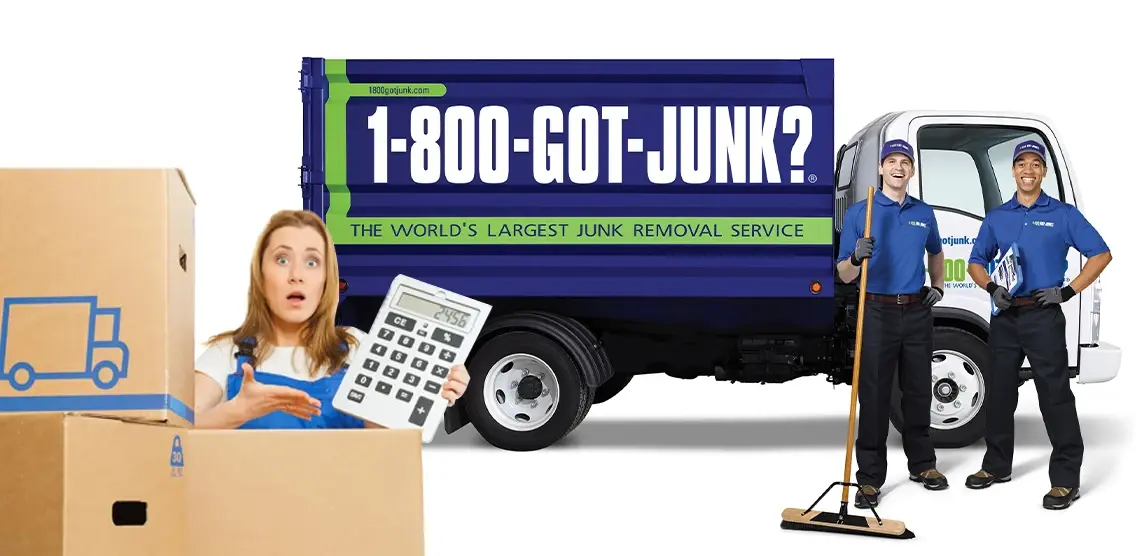
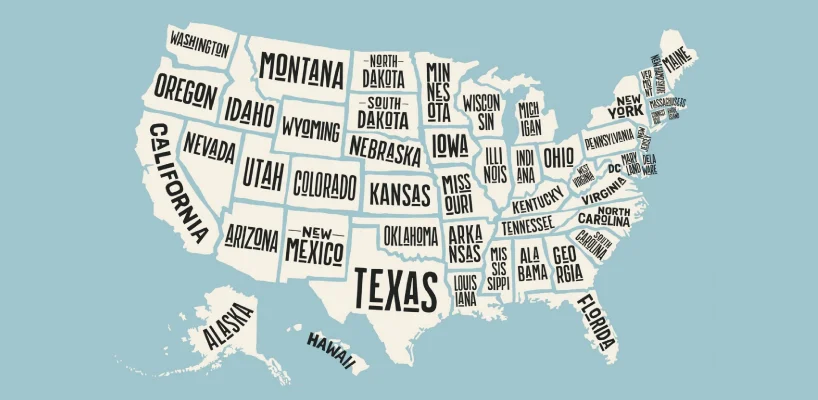

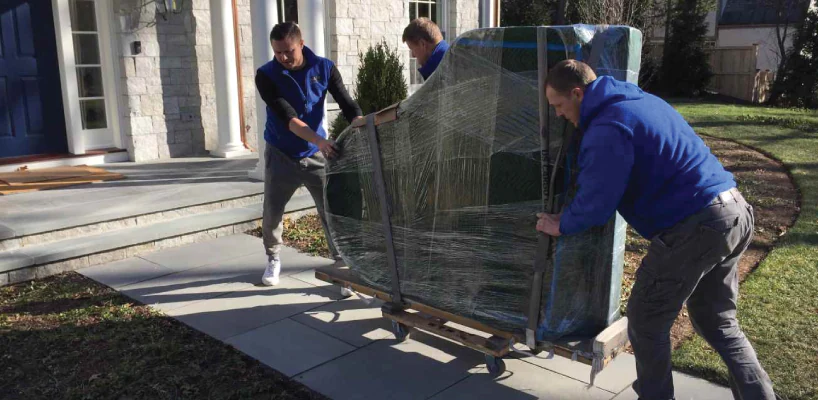

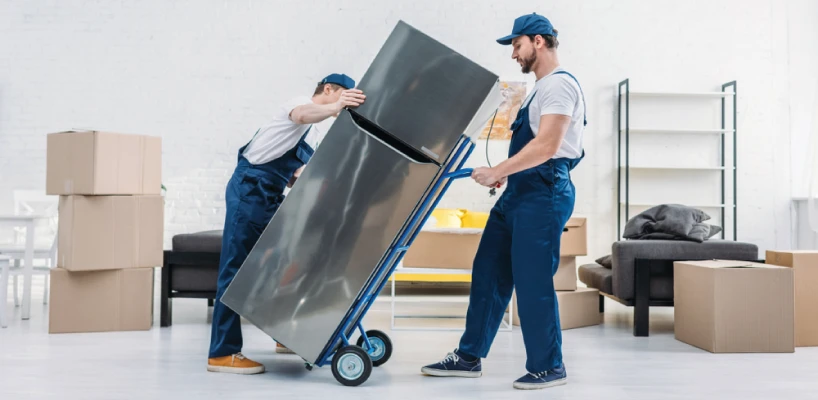

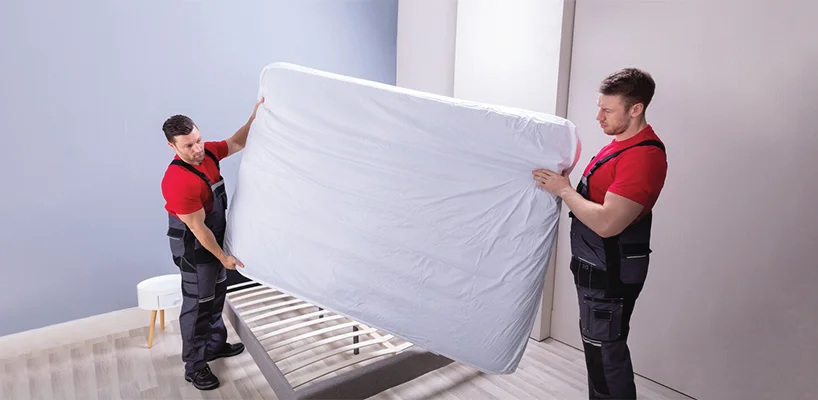
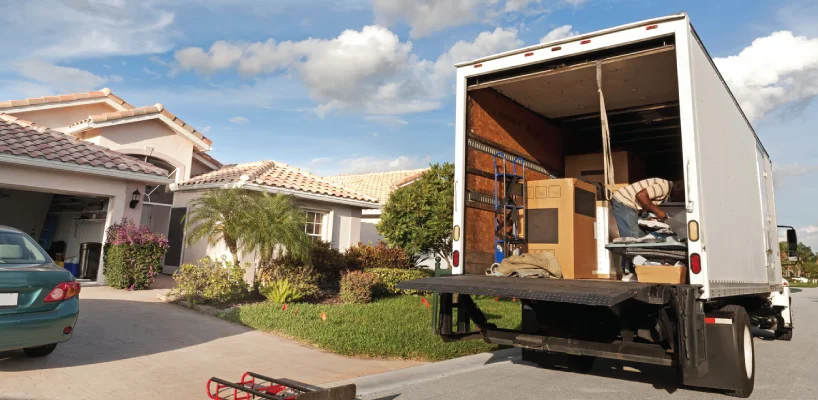




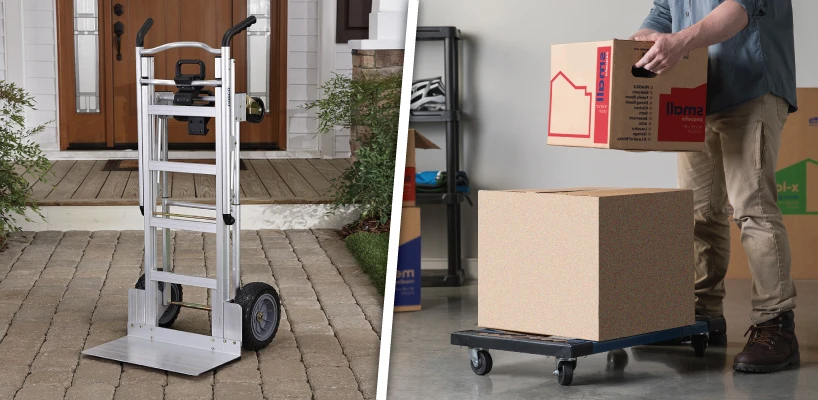
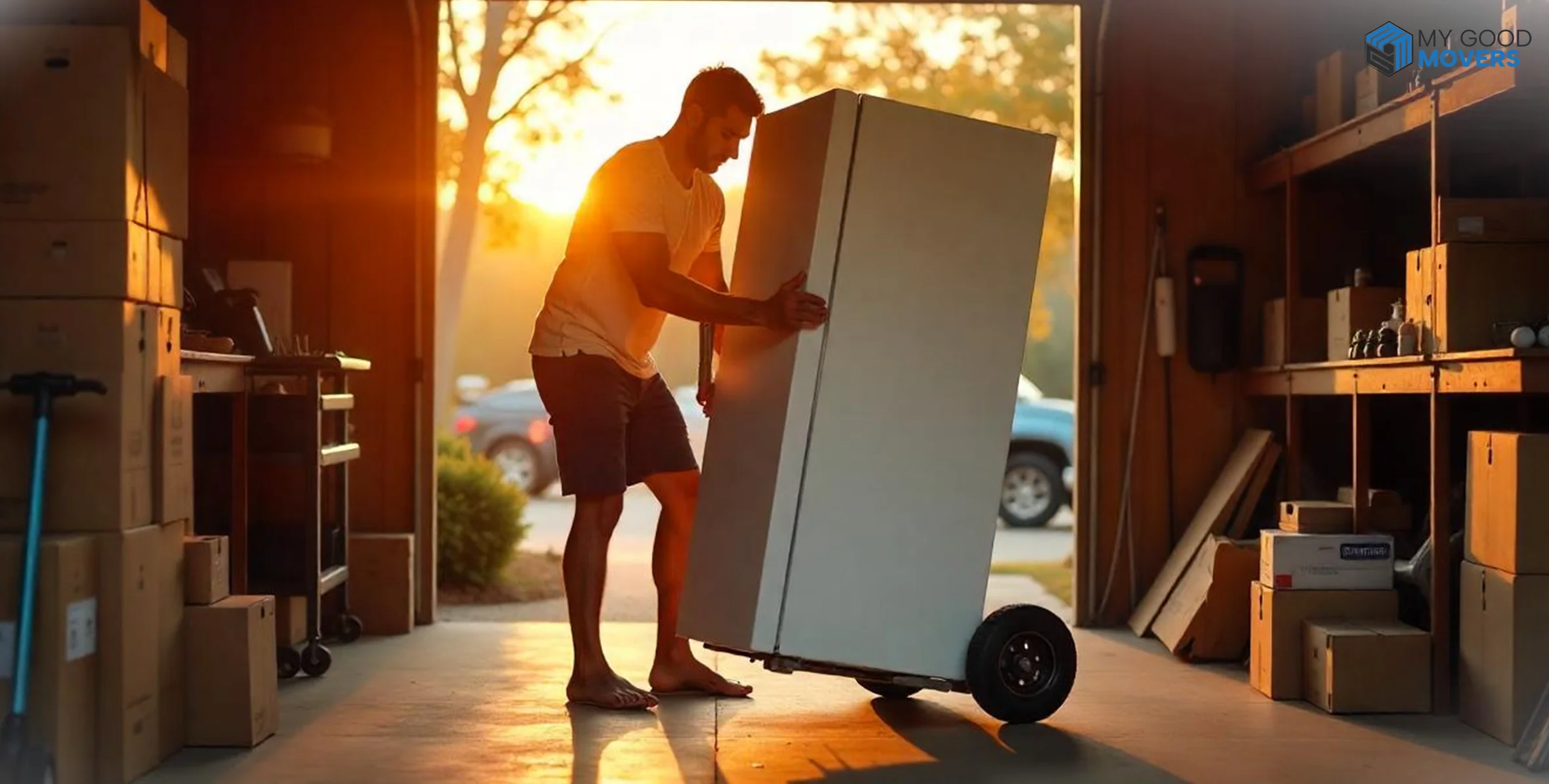
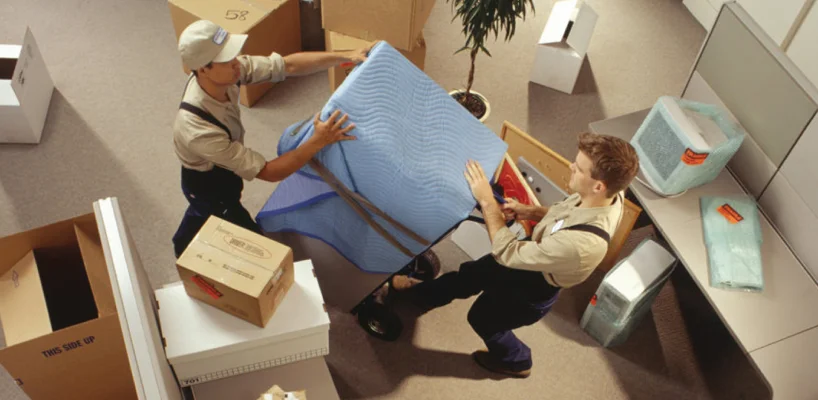


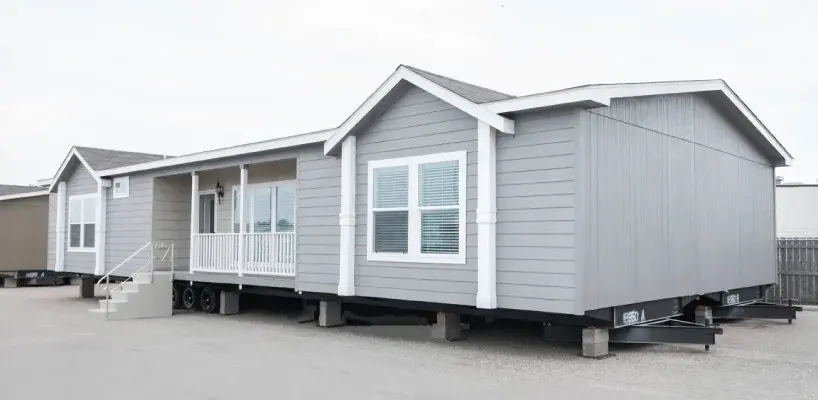


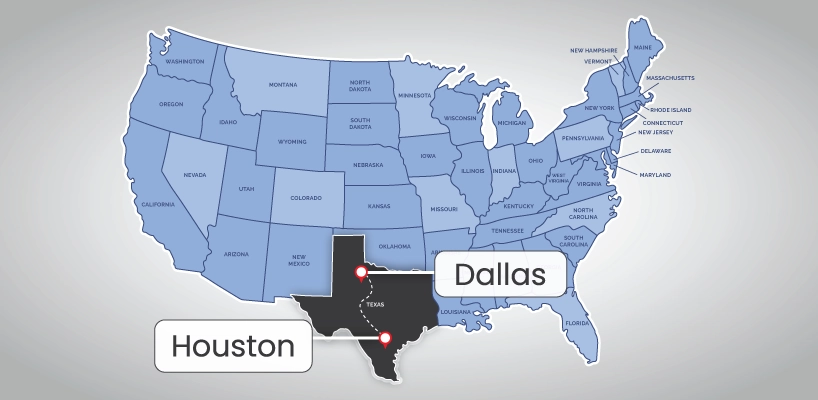


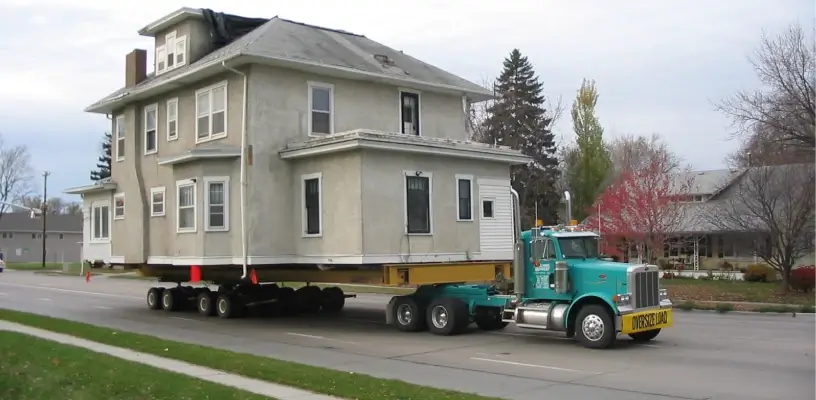
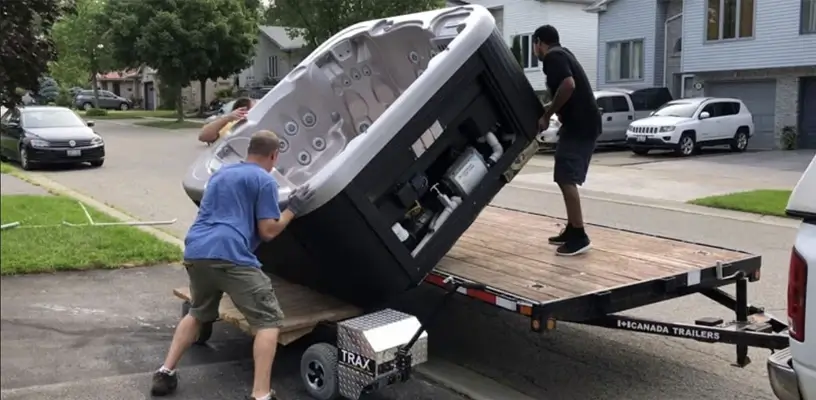




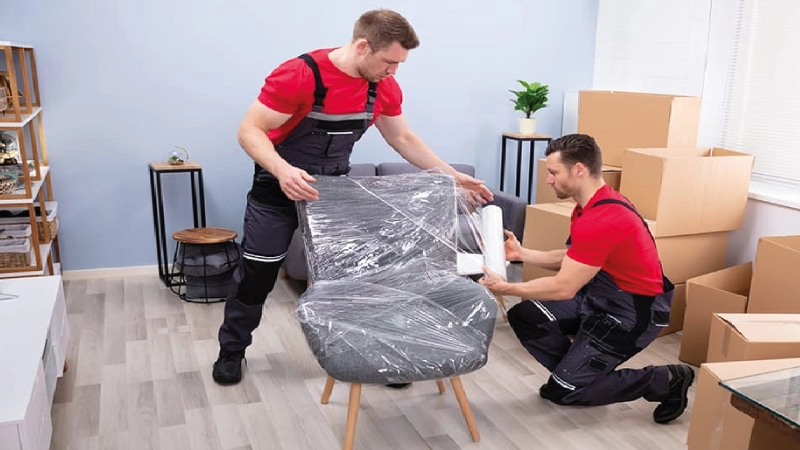

 (239) 799–6077
(239) 799–6077